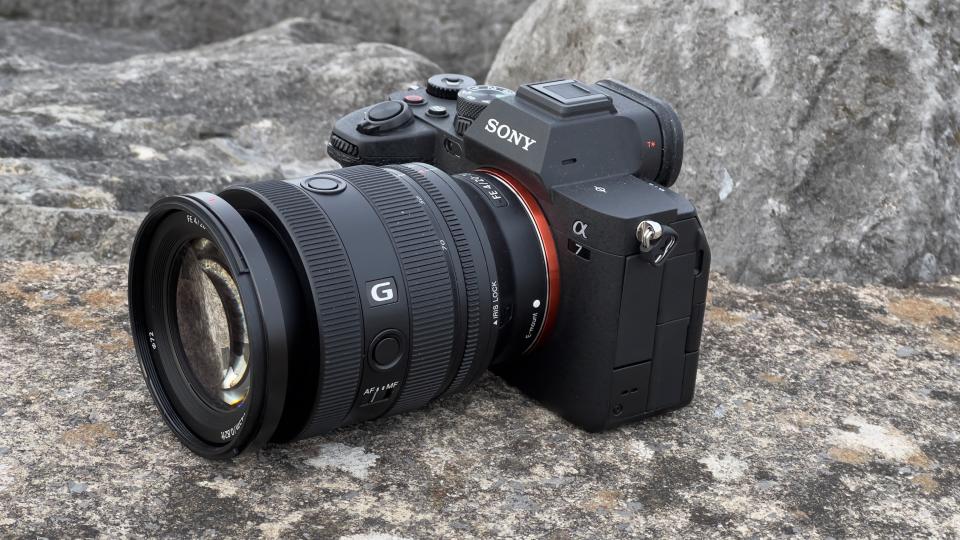If your lenses need digital corrections, don't leave it to someone else to fix

Digital lens corrections are a fact of life with modern day optics and camera systems. Many older lenses and traditional primes from makers like Laowa, say, still rely completely on optical corrections for distortion, corner shading and chromatic aberration, but the modern approach is to combine optical lens corrections with digital corrections, typically for corner shading and distortion, applied in-camera, so that you might never be aware it's happening
I don't have a problem with this. I've tested and shot with many modern lenses that give much better results (no, really, much better) by combining optical and digital corrections than older lenses relying on optical corrections alone. This is especially true with zoom lenses, especially those which are inexpensive, have a long zoom range or a retracting design.
Some of the best Canon RF lenses and best Sony lenses rely heavily on digital corrections and are none the worse for it, in my opinion. In-camera corrections are fine by me.
But it's a different story if you shoot raw, and this is where two distinct strategies emerge. Some mirrorless camera/lens makers who use digital corrections will embed correction profiles directly in raw files. As far as I can tell, this includes Nikon Z, OM System (Olympus), Panasonic and Fujifilm.
Some do not, notably Canon and Sony.
So is this a problem? It does mean that software publishers need to source or create their own correction profiles to apply during raw processing. It's not an issue for Lightroom users, as Lightroom seems to have a correction profile for just about every lens that needs one, especially from these two big brands.
If you make lenses that depend upon digital corrections, then surely the least you can do is embed the correction data in the raw files?
But it could be an issue if you use a program like Capture One Pro, which personally I much prefer to Lightroom, and which has profiles for the more premium lenses in these ranges, but not necessarily lower-grade 'consumer' optics. Capture One, for example does not currently have a profile for the Canon RF 24-105mm STM lens or the RF 24-50mm retracting kit lens, both of which have corner shading that renders them unusable at their widest focal lengths without correction. It took a while for a lens profile for the rather good Sony FE 20-70mm f/4 to show up, too.
On the other hand, with brands that embed correction profiles in the raw files, Capture One is perfectly happy – it simply uses the embedded profile.

Now you could blame Capture One for not having a lens profile for every lens, but I'm going to turn it around. If you make lenses that depend upon digital corrections, then surely the least you can do is embed the correction data in the raw files?
More Rod Lawton opinion pieces:

